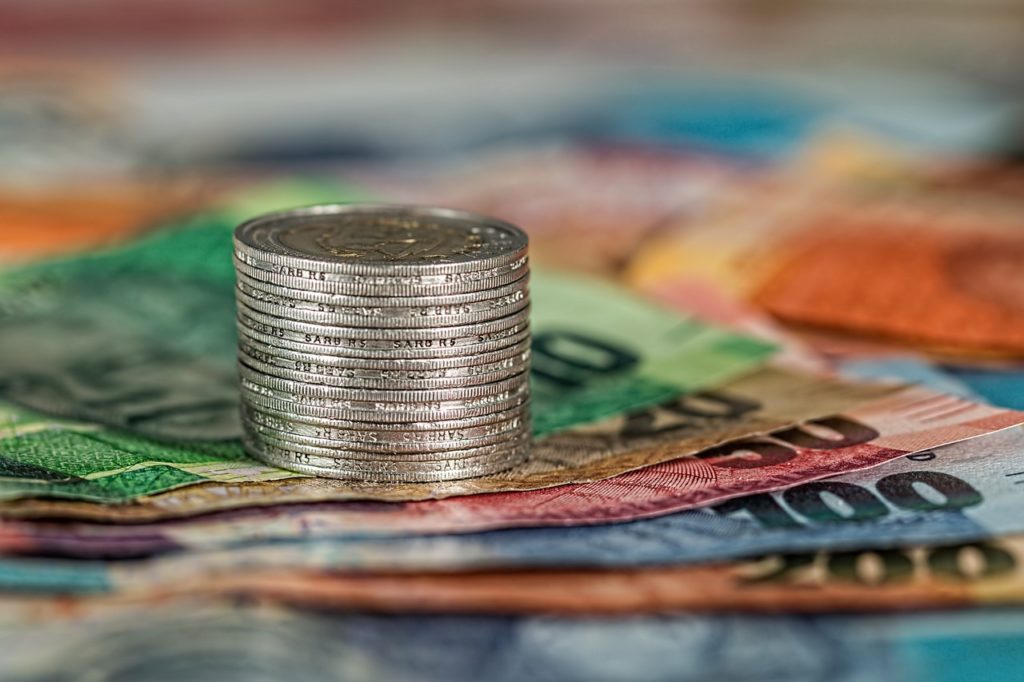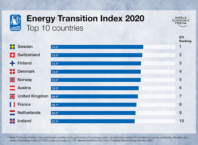Table of Contents

The Indian government is working with the government of the United States to secure a dollar swap line that would help in providing additional comfort in any abrupt outflow of funds and protect the investor’s sentiments from the economic effects of COVID-19.
Recent developments
In order to stabilize the rupee which fell down below the 76 levels against the dollar, India has liquidated its forex assets.
India’s foreign currency assets had declined by around $7.50 billion bringing it down to $439.66 billion in two weeks.
The data provided by the Reserve Bank of India shows that 63.7% of India’s foreign currency assets are invested in overseas securities, mainly in the US treasury.
If economies like India and China resort to large scale liquidation
of investments, it could lead to a sharp rise in yields and interest rates in the US.
Benefits of Currency Swap Facility
Amid the outbreak of COVID-19 and its impacts on volatile currency markets, the presence of a currency swap facility with the US will add to RBI’s arsenal to manage the financial markets.
Securing a dollar swap line with the US will provide additional comfort to the forex markets.
Economists believe that India’s foreign exchange reserves are sufficient enough for macroeconomic management.
How Does A Swap Facility Work?
Under a Swap arrangement, the US federal reserve provides dollars to a foreign central bank against the same amount of funds in its currency based on the market exchange rate at the time of transaction.
The parties agree to swap back the number of currencies put in reserves in the future using the same exchange rate as in the first transaction.
Swap facility carries no risk as the transaction terms are set in advance and the no transaction cost is involved in swapping back of currencies.



